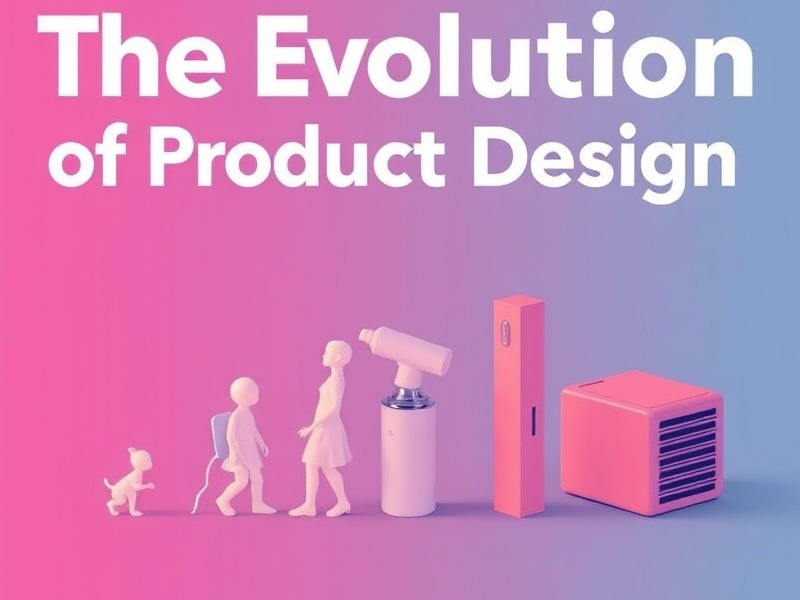
Adapting to the Future: Product Designers Steering a New Tech Era
As we embark on the next decade, the intersection of technology and design offers both a challenge and an opportunity for product designers. No longer is adaptability a choice but a necessity in the rapidly evolving tech landscape. Designers today are instrumental in not only responding to changes but also actively shaping the course of this evolution.
The Evolution of Product Design
Reflecting on the past two decades, product design has undergone a considerable transformation. Once a superficial addition to pre-existing concepts, this “Lipstick-on-the-Pig” era was revolutionized with the introduction of the iPhone in 2007. Apple's deep commitment to enhancing the user experience and creating seamless integration has set a new standard for the design world. The 2010s cemented design as a critical component, with platforms like Airbnb and Uber proving that user-centric approaches can transform industries.
Design Thinking: A Mainstream Revolution
The mainstream adoption of Design Thinking marked another key change. This strategy, propelled by innovators like IDEO and Stanford’s d.school, broadened design's role from beyond aesthetics to include strategic thinking. Companies such as SAP embraced this shift, transforming traditional enterprise software into more user-friendly experiences, thus gaining a competitive edge.
Looking Ahead: Future Predictions and Trends
As we look forward, product designers must prepare for further integration of AI, data analytics, and design-led innovation. These elements will redefine future product design, demanding designers to not only master new tools but also use them creatively to solve complex human problems. This forward-thinking mindset will be crucial for staying relevant and competitive in the tech industry.
Counterarguments and Multiple Perspectives
While embracing technological advancements offers many benefits, it also presents unique challenges. Some argue that over-reliance on technology could stifle creativity and create a dependency that limits innovation. Thus, it's essential for designers to balance leveraging technology with maintaining their creative processes to navigate this evolving landscape successfully.
 Add Row
Add Row  Add
Add 




Write A Comment